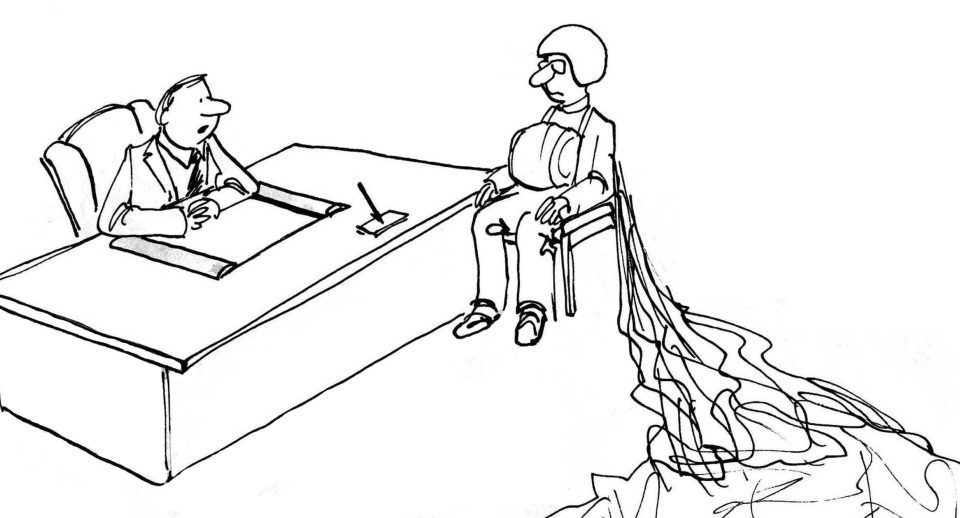- Have any questions?
- 888-432-8878
- steve@sebackground.com
Technology Helps Managers Struggling to Lead Hybrid Teams
March 8, 2023New York Modifies Pay Transparency Law to Address Remote Work
March 9, 2023In 2015, the #MeToo movement revived a national conversation about sexual harassment and assault, prompting survivors to share their stories and call for accountability. The movement highlighted the widespread prevalence of sexual misconduct in various industries, including entertainment, politics, and the corporate world. Since then, the U.S. Equal Employment Opportunity Commission (EEOC) has seen a significant increase in sexual harassment claims, leading to calls for updated guidance on the issue.
During the recent SHRM Employment Law and Compliance Conference, Vice Chair of the EEOC, Jocelyn Samuels, hinted at the possibility of updated guidance on harassment. She acknowledged that the EEOC had convened a task force to study harassment in 2016 but had not issued any new guidance despite the dramatic increase in sexual harassment charges received by the agency. However, Samuels expressed hope that the increased dialogue and attention surrounding #MeToo would prompt more victims to report incidents and empower employers to take proactive steps to prevent sexual harassment in the workplace.

The Impact of #MeToo
The #MeToo movement shone a light on the pervasive problem of sexual harassment in the workplace. It led to the downfall of high-profile figures like Harvey Weinstein and Bill O’Reilly and inspired women to speak out about their experiences. The movement created a sense of solidarity among survivors and a demand for accountability.
However, the impact of #MeToo goes beyond the exposure of individual perpetrators. It has sparked a broader conversation about the systemic nature of sexual harassment and the need for meaningful change in how workplaces address it. In response to the movement, many companies have reviewed their harassment policies and training programs, and some have implemented new measures to prevent misconduct.
The Need for Updated Guidance
Despite these efforts, the EEOC has not updated its guidance on harassment since 1990, despite convening a task force to study the issue in 2016. The increase in sexual harassment claims since the #MeToo movement highlights the urgent need for updated guidance to reflect the lessons learned over the past decade.
During the conference, Samuels noted that a significant number of harassment claims involved vulnerable workers in retail, fast food, and other mall jobs, many of whom are teenagers in their first jobs. The EEOC’s failure to issue updated guidance is particularly concerning for these workers, who may not have the resources or support to navigate the legal process.
The #MeToo movement sparked a national conversation about sexual harassment in the workplace and inspired victims to come forward. However, it also highlighted the urgent need for updated guidance on harassment from the EEOC. The agency’s failure to issue new guidance in the wake of the movement is concerning, particularly for vulnerable workers who may not have the resources to navigate the legal process. Employers must take proactive steps to prevent sexual harassment in the workplace, and updated guidance from the EEOC could be a critical resource in this effort. By working together, we can create safer, more equitable workplaces for all employees.
The post The Call for Change: Why Updated Guidance is Critical in Addressing Workplace Harassment appeared first on The HR Digest.
Source: New feed




